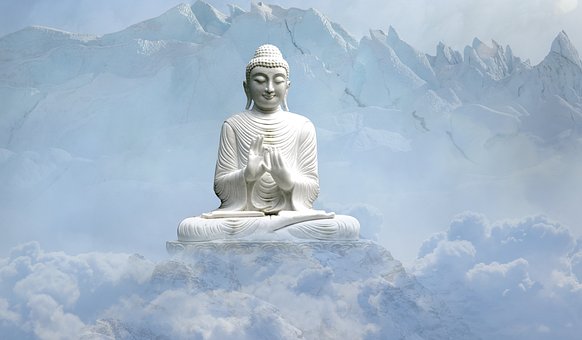Lhistory does not repeat itself. The Iran of 2022 is no longer that of 1979. Since the coming to temporal and spiritual power of Ayatollah Khomeini, popular protests have been numerous and women have always been massively present during the protests. The economic and social situation has continued to deteriorate, in town and in the countryside; and not only because of the American embargo. The freedom to think, to express oneself, to write and to broadcast has been violently controlled and repressed. Homosexuals have been hanged in public squares and many journalists have been imprisoned. Strike movements have multiplied.
Today, throughout the country, protesters by the thousands can no longer bear the unbearable. These, for the most part, come from the many Iranian universities and colleges of which they constitute half of the students. Let’s remember : in August 2014, an Iranian mathematician, Maryam Mirzakhani, was the first woman in the world to receive the prestigious Fields Medal. She had not been educated at a major American university, but at the Sharif Technological University in Tehran.
It is among this fraction of the Iranian population that there are today, according to certain NGOs, several dozen deaths, hundreds of injuries and thousands of arrests. However, it is important not to make a mistake in perception about what is happening in the country. It is not so much the “veil” that women want to eradicate and make disappear forever from Iranian society, but the imposition of the clerical norm in the private and public space. Beyond the hijab and the degree of visibility of female hair, these demonstrators no longer support the pathological desire of clerical power and its morality police to control the daily lives of citizens by constantly interfering in their lives and punishing deviations from religious conventions.
The men join the fight
The conception of Islam publicly promoted by the Iranian religious power is in fact based on the invisibilization of women as such, of the shapes of their bodies and their faces, regardless of their age. From this perspective, women must be masked in order to exhibit religion as the “natural” order of the world, imposing itself on everyone. Also, in Iran – and more generally in societies governed by Islamic law – the hijab does not constitute and should not constitute a kind of fundamental concept, the only one capable of producing an almost instantaneous intelligibility of symbolic and material domination relations. The hijab is only one element of subordination among others; prohibiting it or making it disappear will not cause the power of the religious order and its conception of the relations between governed and governors to disappear spontaneously and ineluctably.
You have 53.45% of this article left to read. The following is for subscribers only.

